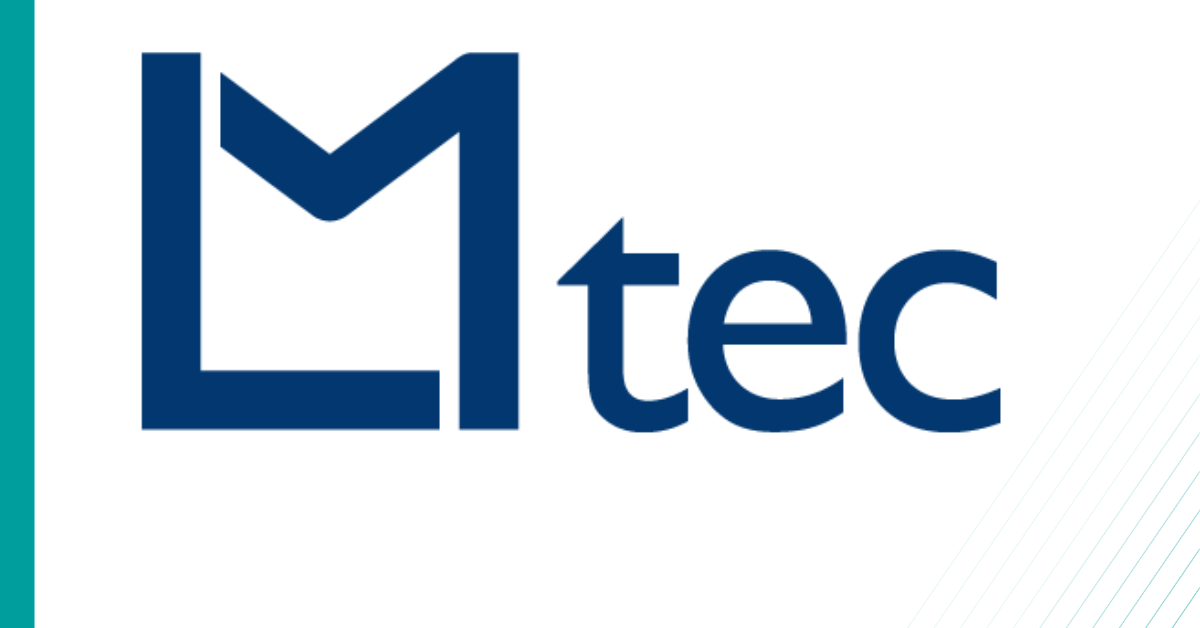Digitization and Tech Industry Growth: Key Challenges
Last edited on Jan, 13 2025 07:34:11 AM
Reading time: 6 minutes
Written by Minke van Dooremalen | Marketing Manager
Table of contents

The tech industry is booming. Over the past five years, the added value of this sector has grown by five per cent. On the other hand, structural staff shortages within the technology industry are also increasing, leading to major challenges in terms of productivity and specialist expertise. The way to successfully tackle these challenges? Making smarter use of digital technology and seizing the opportunities that innovation in this field offers.
This article outlines the opportunities and challenges for the Dutch technology industry towards 2030. The most important source is the ING research report 'Growth potential for the technology industry'. The findings in this document are partly based on interviews with directors of several medium-sized and large manufacturing companies.
How fast is the tech industry growing?
Over the past five years, the proportion of technology companies – producers of electronic products, appliances, machines, means of transport, and companies that are active in the repair and installation of machines – in the total economy has grown from 4.5% to 4.8% in 2021. All the more remarkable when you consider that the previous twenty years saw a drop of one percentage point for this sector.
Other figures show that the industry is an important pillar of the Dutch economy:
- The tech industry currently has a turnover of more than 150 billion euros with 60 per cent of production directly or indirectly destined for export.
- Productivity growth in the industry has been more than three times that of the economy as a whole over the past 25 years.
- The energy transition, broad social digitisation trends, investments in the European chip industry (due to worldwide shortages), and fast-growing wages in Asia also offer serious growth opportunities for the national tech industry in the future.
Why is the tech industry growing?
The growth of the tech industry stems from the successful combination of more labour and better technology. Since 2011, with the exception of a small contraction in the COVID-troubled year 2020, staffing within the technology industry has increased steadily. In particular, the number of hours worked in vehicle and machine manufacturing and machine installation and repair increased significantly.
An even more important growth factor is technological progress. Smart innovations allow companies to create similar or increased output with less input. It becomes possible to increase efficiency and productivity by working smarter instead of harder.
Is productivity still increasing?
Labour productivity in tech industries has risen sharply in recent years. In 2017, for example, labour productivity grew by more than ten per cent and, after years of stagnation, exceeded 2010 levels for the first time. Labour productivity then continued to grow by an average of 1.7% per year for three years. This makes the Dutch tech industry the second most productive in the world, with only Ireland doing a better job.
On the other hand, the current rate of growth lags behind the level achieved by the tech industry between 2002 and 2008. What we also see, especially within the manufacturing industry, is that there is a big difference between leaders and laggards. The reason? Smaller manufacturers often do not have sufficient scale to develop adequate knowledge of new technologies and proactively recruit and train staff.
The investment power of smaller players is also more limited than that of their larger counterparts, and they also often struggle to comply with increasingly complex laws and regulations. In addition, digital transformation creates more complexity and rising IT costs. Cybersecurity is an example of a costly yet essential element that does not make a directly obvious contribution to higher productivity numbers.
The major challenges that the tech industry faces
In 2023, the tech industry will face a number of major challenges, both digital and ‘offline’. Let’s take a closer look at the most pressing challenges.
Growing staff shortages
Many companies are facing an increasing shortage of personnel. The labour market is currently tighter than ever – a trend that will likely continue for some time, in part due to the ageing population. According to forecasts from ROA and the Collaboration Organization for Professional Education and Industry (SBB), by 2026 there will be between fifteen and twenty thousand unfilled vacancies for technicians in the industry.
IT skills and technical abstraction skills are in higher demand
Skilled IT professionals are scarce and difficult to recruit. In addition, job requirements are changing due to increasing digitisation and automation. Strong IT skills are becoming increasingly important, while the technical focus is gradually shifting from machine and tool operation to process control. This transition requires more abstract technological skills. Digital skills that are becoming more popular are programming knowledge, data science, and knowledge of measurement and control techniques.
Technological progress requires more highly-skilled personnel, such as hardware and software developers. On the other hand, digitisation and automation simplify tasks, enabling lower-skilled and less technically savvy personnel to perform many basic tasks better and faster. The companies surveyed by ING see labour shortages as a potential barrier to growth (less innovative capacity), but also as a driver for investment in better technology and more productivity. Productivity growth is essential in the context of increasing labour shortages. Companies that can maximise digital know-how and growth need fewer extra people to get the same amount of work done.
How tech companies can improve their productivity
The best and fastest road towards higher productivity? Using personnel, capital and technology more efficiently. Examples of 'low-hanging fruit' (technology that is relatively easy to implement) are automation and robotisation. The digital leaders among Dutch tech producers know this and are already using robots for a variety of tasks.
According to ING's research, those lagging behind still have plenty of opportunities to boost productivity through process automation. In any case, a higher robot density and the automation of even more processes are important ways to maintain productivity, even in times of staff shortages.
How digitisation can fuel productivity
Digitisation is an important part of the transition to smart factories (smart industries), the engines of Industry 4.0. Smart factories facilitate better online communication with stakeholders, streamline cooperation between parts of a company (purchasing, sales, production, sales), and allow for better integration of machines and equipment within a company.
At the same time, the ING survey shows that the contribution of IT capital to added value has decreased in four of the five branches of the tech industry. For the time being, electrical engineering is the only tech-centred industry in which IT capital steadily contributes to actual growth. Is this fuel for techno pessimists who are unwilling to acknowledge IT as a breakthrough technology?
The answer is no. In the long run, IT contributes to the fast and easy transition of valuable technology. Moreover, successful digitisation also requires new ways of working and skills, creating new services and breaking old routines. In addition, there are indications that digitisation is boosting productivity growth. Recent research shows that industries that use digital technology intensively contribute more to productivity growth than industries that are less digitally inclined.
So, the potential for growth is there. It's just that many digital possibilities are not yet fully exploited. Especially the practical adoption of new technologies, which still generally moves too slowly. Technologies such as artificial intelligence (AI), 5G and 6G (ideal for wireless factories), digital twinning, and AR and VR technology are often still concentrated in the hands of a limited number of digital frontrunners.
In a follow-up article, we’ll further explore the opportunities for successful digitisation in the technology industry and show you how companies in this industry can make even better use of the tremendous potential of digital innovation.
More information
Would you like to know more about Emixa? And are you curious about our solutions that allow you to speed up your digital transformation? Then don’t hesitate to contact us. We would be delighted to meet you!
Last edited on Jan, 13 2025 07:34:11 AM
Reading time: 6 minutes
Written by Minke van Dooremalen | Marketing Manager
Also see..
OverviewLMtec Digital Solutions Joins Forces with Emixa
Emixa, the leading SAP/Siemens/Mendix technology partner, is investing in LMtec Digital Solutions,...
Read more ⟶Meijer Potato Wins Boomi EMEA Customer Innovation Award
During the Boomi World Tour in Amsterdam last Thursday, Sander Vermeer accepted the innovation...
Read more ⟶Meet Emixa, your Partner for Digital Transformation
After a period of thorough preparation and refinement, the moment has arrived: our new consortium...
Read more ⟶

